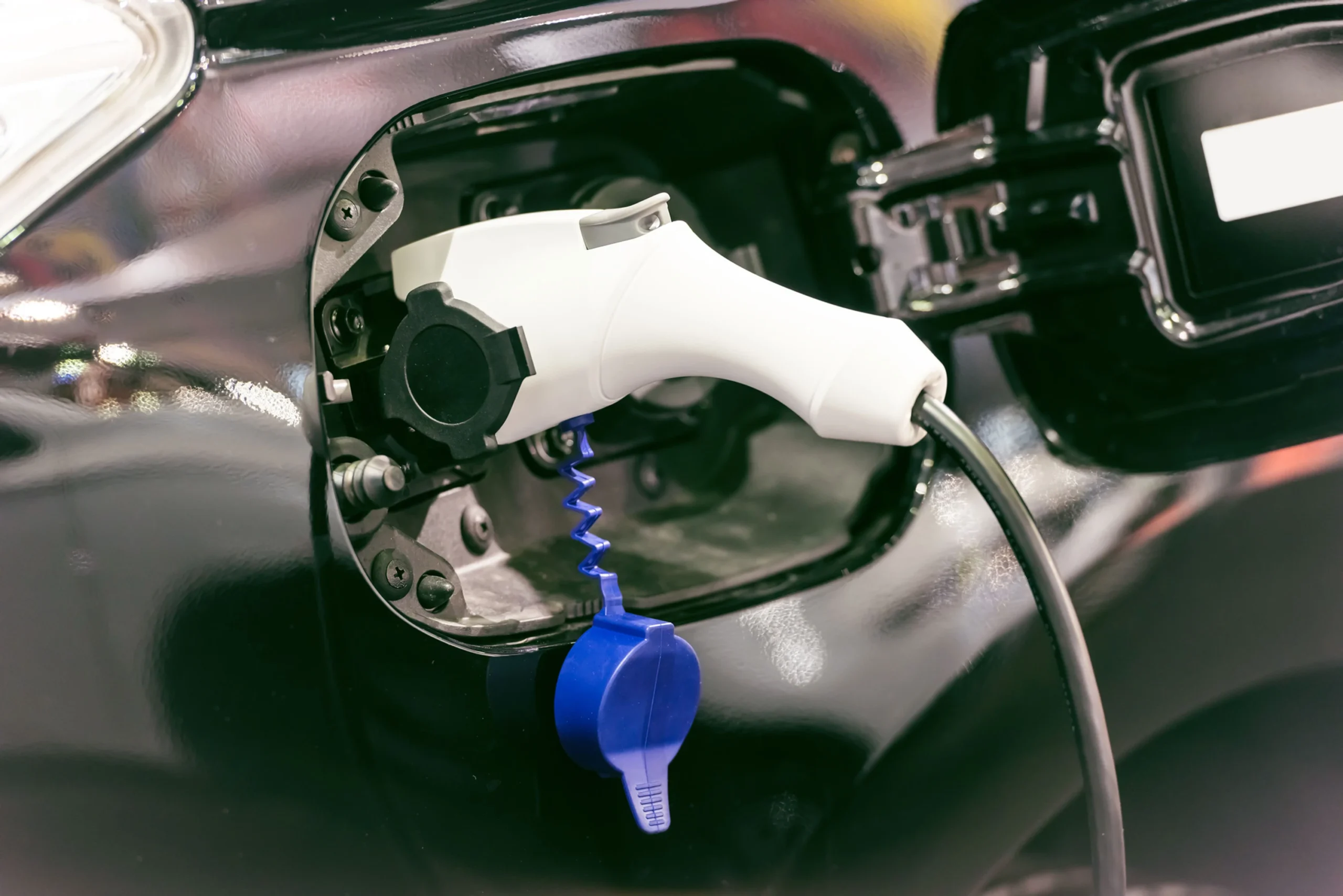
Summary
Successful design of a custom automation solution for the singulation and material handling of porous fuel cell substrate.
Location: Confidential
Product: Automated cell for handling and sorting
Industry: Fuel Cells
Timeframe: 6 months
Background
DAPR Engineering, a local engineering solution provider with experience deploying fast-paced projects, was selected to provide intelligent automated engineering. The project required DAPR Engineering to design and engineer a machine and method for singulating, handling, and sorting porous and thin material from a stack at high throughput speeds without damaging the material. Before our involvement with this project, the client and various engineering firms were unsuccessful at automating this process at the desired throughput. Having a proven track record with this client led to this repeat business.
Challenges & Solutions
- Precise singulation and handling of non-rigid, porous material. This challenge involved singulation and destacking of non-rigid porous material without damaging the substrate. Conventional pick-and-place technology was unable to adequately handle the porous material without distorting or damaging it. Applying technology used in a parallel industry and innovating a custom tool design, DAPR was able to safely and precisely singulate material.
- High-speed cycle times to improve production. DAPR incorporated multi-axis coordinated motion control to increase throughput and efficiency by balancing robot speed, acceleration, and deceleration. Lightweight end-of-arm tooling was also critical to the cycle time optimization. DAPR used sound engineering principles and applied Finite Element Analysis (FEA) to optimize the tooling weight, which allowed precision motion profiles that improved throughput rate.
- Integration of automation to current equipment constraints. The product design required DAPR Engineering to integrate with several customer-specific dynamics. Not only was DAPR limited by dimensional requirements of the existing machine footprint, DAPR was also constrained by the existing testing process and robot paths. This required a high-level of “out-of-the-box” creativity coupled with solid engineering best practices to create a customized automated robotic solution within these constraints.
